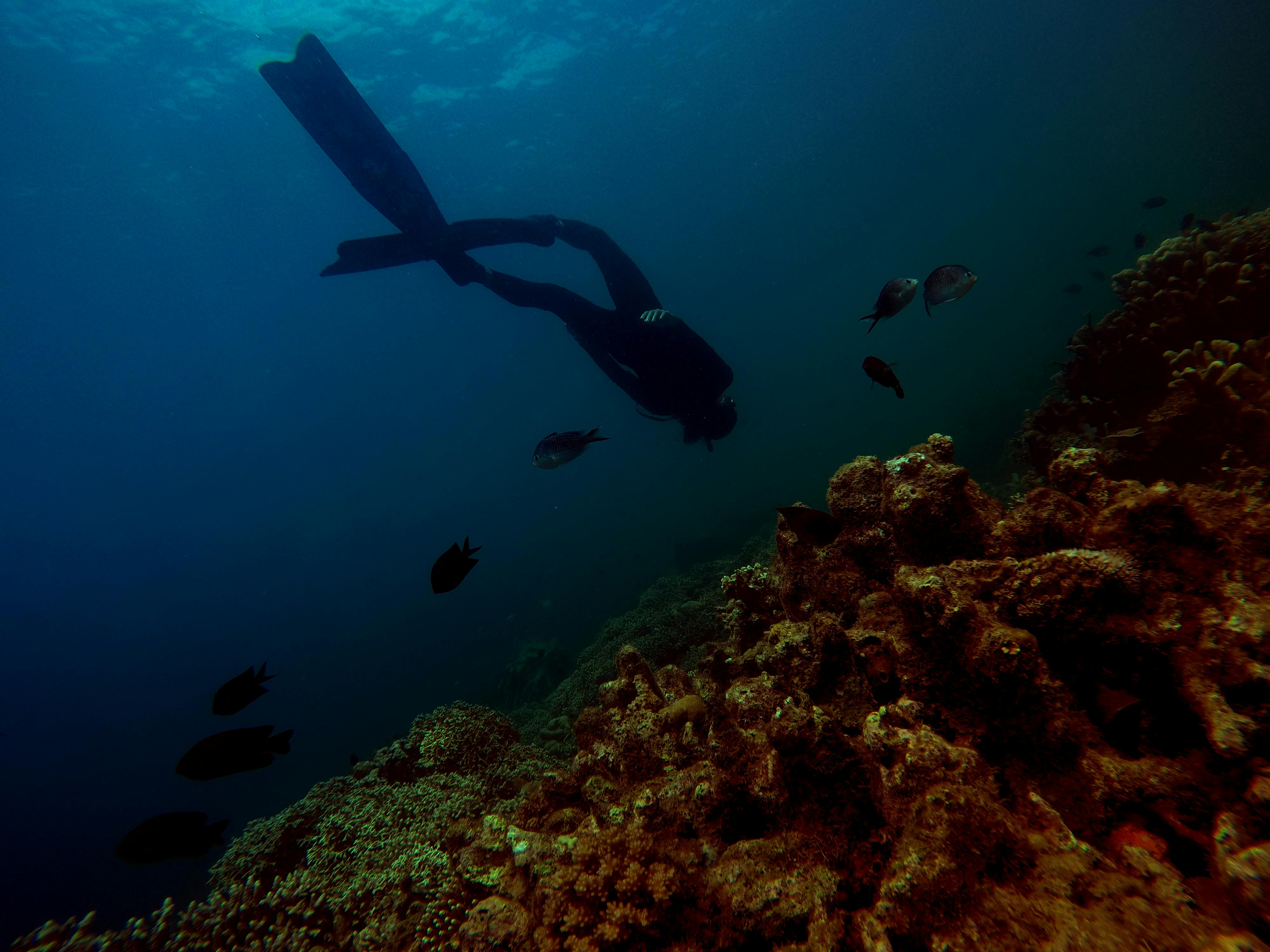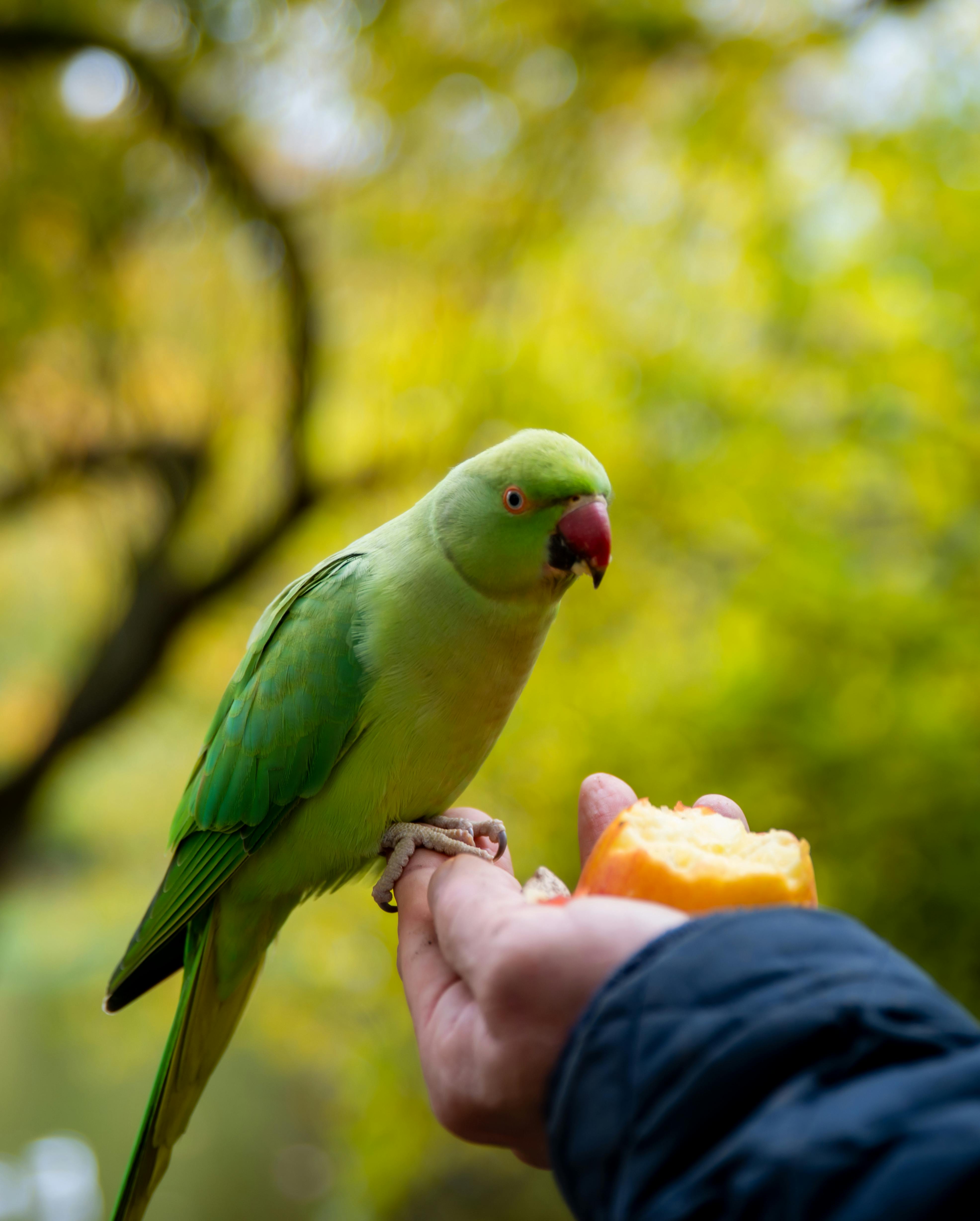
Essential Guide to Freshwater Shrimp Aquarium for Beginners in 2025
Setting up a freshwater shrimp aquarium can be one of the most rewarding experiences for beginners in the aquarium hobby. Freshwater shrimp, especially varieties like cherry shrimp and crystal red shrimp, provide vibrant colors and unique behavior that can transform any aquarium into a living art piece. As aquatic invertebrates, they add both beauty and functionality to the ecosystem by helping maintain water quality through algae control. This guide will walk you through everything you need to know about starting and maintaining a freshwater shrimp aquarium in 2025, from tank setup to shrimp care, breeding, and more.
This guide will delve into:
- Essential shrimp species and their care requirements
- How to properly set up and maintain a shrimp tank
- The importance of water parameters, feeding, and breeding techniques
- Compatible tank mates and reducing common tank disasters
By following this guide, you'll be well-equipped to create a thriving shrimp habitat that benefits both the shrimp and your overall aquarium ecosystem.
Understanding the Best Freshwater Shrimp Species for Your Tank
Choosing the right type of shrimp is vital for beginners to ensure a successful aquarium experience. The most popular species include cherry shrimp and crystal red shrimp, both known for their striking colors and relatively easy care requirements.
Popular Shrimp Varieties Overview
In the world of freshwater shrimp, cherry shrimp are beloved for their red coloration and adaptability, making them perfect for community tanks. Crystal red shrimp, on the other hand, present a challenge with their distinct color patterns and sensitivity to water quality but are highly sought after by enthusiasts.
Benefits of Keeping Freshwater Invertebrates
Freshwater shrimp contribute significantly to the ecosystem of your aquarium. They are natural scavengers, consuming excess algae and organic debris, which helps maintain water clarity and quality. Their presence can also indicate the health of your tank and serve as a fun interaction point for observers.
Choosing Suitable Shrimp for Beginners
For new aquarists, it’s essential to start with species that are hardy and easy to care for. Cherry shrimp and ghost shrimp are recommended for beginners due to their resilience. They can tolerate a range of water conditions and are less susceptible to common shrimp diseases.
Understanding Shrimp Behavior and Interaction
Each shrimp species displays unique behavior. Understanding these behavior patterns can enhance your observing experience and guide your care techniques. For instance, cherry shrimp are known for their social nature, often seen grazing on algae together.
Ensuring Compatibility with Other Tank Inhabitants
When setting up a community tank, selecting compatible fish with shrimp is crucial. Small, non-aggressive fish such as guppies or tetras work well, whereas larger or more aggressive species may prey on shrimp. Always consider the tank environment and size for all inhabitants.
With the right shrimp species selected, we can now explore how to effectively set up your ideal shrimp tank.
Setting Up Your Shrimp Tank: A Step-by-Step Guide
Your shrimp tank setup is crucial for fostering a healthy and vibrant environment. Proper filtration, decorations, and water parameters ensure your shrimp thrive.
Optimal Tank Size and Environment
The ideal tank size for shrimp varies depending on the species, but a minimum of 10 gallons is commonly recommended for beginners. A properly cycled and well-maintained tank environment supports the health of shrimp by preventing stress and disease. Aim for a tank setup that replicates their natural habitats, incorporating plants, substrates, and hiding spots.
Essential Equipment for Shrimp Tanks
Choosing the right aquarium equipment for shrimp is fundamental. A quality tank filtration system is necessary to maintain water quality. Consider using a sponge filter, as it provides adequate water circulation while preventing shrimp from being sucked in. Proper lighting is also essential for plants and to facilitate shrimp behavior.
Importance of Water Parameters
Maintaining specific water parameters is critical in a shrimp tank. Ideal water temperature typically ranges from 72 to 78°F, with a pH level between 6.5 and 7.5. Regular water testing is crucial for identifying any discrepancies that could harm your shrimp.
Creating a Planted Shrimp Aquarium
Designing a planted shrimp aquarium not only enhances the aesthetic of your tank but also provides necessary hiding spaces and grazing areas for shrimp. Live plants like Java moss and Anubias are popular choices as they contribute to better water quality and offer a natural source of food.
Decorations and Substrate Choices
When selecting aquarium decorations for shrimp, ensure they are smooth-edged and free of sharp parts. The substrate should be suitable for planting and should not release harmful chemicals. Some beginners prefer sand or fine gravel, which allows shrimp to burrow and forage effectively.
Now that your shrimp tank is set up properly, it’s time to dive into understanding shrimp care routines and feeding habits!
Feeding and Care: Shrimp Feeding Schedule and Routines
Proper nutrition is essential to ensure the health and longevity of your shrimp, alongside routine care practices.
Understanding Shrimp Feeding Habits
Freshwater shrimp are omnivores, which means they require a balanced diet rich in both plant and protein sources. A varied diet enhances their colors and supports their health during growth stages, especially for young shrimp.
Types of Shrimp Food and Nutritional Needs
There are several types of shrimp food available, including pellets, flakes, and freeze-dried options. Supplementing their diet with blanched vegetables and algae wafers provides essential nutrients for growth and development. Monitoring your shrimp's feeding schedule is critical to prevent overfeeding, which can lead to tank pollution.
Establishing a Feeding Routine
Creating a consistent shrimp feeding schedule helps regulate their dietary habits and ensures they are getting the right amount of food daily. Feed adults and young shrimp different types of food, with adults benefiting from higher protein options during breeding periods.
Avoiding Common Shrimp Feeding Mistakes
One common mistake is underestimating the size of the food particles offered; shrimp often struggle with larger food types. Additionally, feeding them too much can produce excess waste, leading to degraded water quality. Always monitor the response of your shrimp during feeding times!
Monitoring Shrimp Health and Behavior
Regularly observing your shrimp will help you detect any health signs or behavioral changes. Healthy shrimp generally display active foraging and social interaction. Any signs of lethargy or changes in color can indicate potential health issues that need immediate attention.

With proper feeding and health monitoring in place, let's move on to understanding the importance of shrimp breeding and the fascinating lifecycle of these creatures.
Breeding Freshwater Shrimp: Techniques for Success
Breeding shrimp can be both exciting and challenging. Understanding the reproductive habits and lifecycle of shrimp will prepare you for successful breeding.
Understanding the Shrimp Lifecycle Stages
The shrimp lifecycle consists of several stages, starting from eggs to larvae and finally to adult shrimp. By creating an optimal breeding environment, you're likely to see shrimp reproduction within your community tank.
Setting Up a Breeding Tank
If you aim to breed shrimp, consider establishing a specially designed breeding tank. This tank should have gentle filtration, adequate hiding spots, and stable water parameters conducive to reproduction.
Identifying Shrimp Gender for Breeding
Understanding shrimp gender identification is critical for successful breeding. Female shrimp tend to be larger with a pronounced swelled underbelly, observable when they are carrying eggs.
Creating Optimal Breeding Conditions
To encourage breeding, you should maintain stable and appropriate water conditions, temperature ranges, and light cycles. A slightly increased temperature may stimulate breeding behavior in many shrimp species.
Common Breeding Techniques for Beginners
Beginner-friendly techniques involve selective breeding practices, allowing you to enhance color traits and hybrid vigor in your shrimp population. Be sure to separate different varieties to prevent undesirable crossbreeding.
Understanding breeding practices lays the foundation for a robust shrimp population, but it’s equally important to know how to maintain optimal tank conditions moving forward.
Maintaining Water Quality and Health in Your Shrimp Tank
Maintaining water quality is key to ensuring the health and longevity of your shrimp. Managing common shrimp diseases is critical for keeping your shrimp thriving.
Importance of Regular Water Testing
Frequent water testing will allow you to monitor the chemistry of your shrimp tank. Parameters such as ammonia, nitrite, and nitrate levels need to be kept within safe limits to prevent stress and potential diseases.
Common Shrimp Diseases and Symptoms
Common shrimp diseases include molluscum contagiosum and bacterial infections. Recognizing shrimp disease symptoms can help alert you to an issue before it escalates. Healthy shrimp should display normal coloration and active behavior.
Effective Disease Prevention Techniques
Implementing preventive measures, including maintaining aquarium hygiene, proper feeding practices, and stress reduction strategies, can help keep your shrimp healthy. Avoid sudden changes in water conditions and maintain a stable environment to minimize health risks.
Maintaining Shrimp Habitat Requirements
The physical environment should always be conducive to shrimp health. Regular water changes, the right substrate, and keeping the tank free of debris can significantly impact their overall wellbeing.
Monitoring Shrimp Health
Finally, always keep an eye on your shrimp’s health. Quarantine any new shrimp before introducing them to your tank and take immediate action if signs of illness appear, ensuring your community tank remains robust.

Essential Tips for a Thriving Shrimp Aquarium
To round off our guide, let’s review some essential tips for maintaining a successful shrimp aquarium.
Community Tank Considerations
Creating a community tank with shrimp requires careful consideration of potential tank mates. Compatibility plays a vital role in preventing aggressive interactions and ensuring the safety of all inhabitants. Do thorough research into fish species to avoid that might compete with or prey on shrimp.
Regular Maintenance Routines
Establishing a shrimp tank maintenance routine will greatly affect their health. Regular water changes, substrate cleaning, and plant pruning help maintain a clean and healthy environment.
Enhancing Shrimp Colors
Many shrimp enthusiasts aim to enhance their shrimp colors. Providing a nutritious and varied diet along with clean water can naturally intensify their coloration.
Experimenting with Tank Design
Feel free to experiment with different tank designs and layouts to find what works best for shrimp. Incorporating natural elements and ensuring plenty of hiding places will keep your shrimp feel secure and create a stimulating environment.
Engaging with the Shrimp Community
Joining shrimp hobbyist groups can provide support, tips, and inspiration. Sharing experiences with others will enrich your knowledge and keep you engaged in your shrimp keeping journey.
This essential guide covers the foundational knowledge for starting and maintaining a successful freshwater shrimp aquarium. By integrating the tips and techniques discussed, you'll create a thriving and beautiful shrimp habitat that adds life and style to your aquarium!
For additional resources and images related to these topics, visit various shrimp care guides available online.